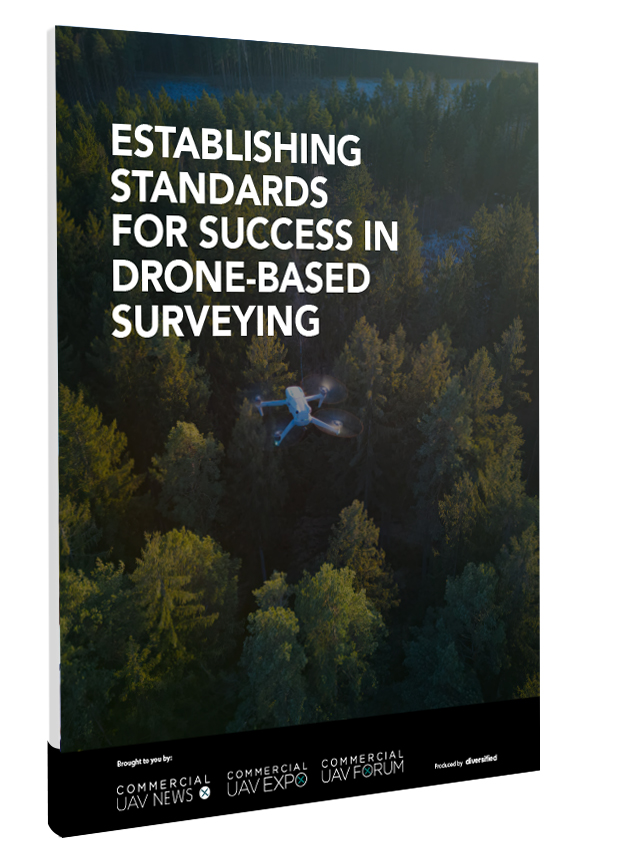On January 29th the European chapter of the Airports Council International - ACI - released a white paper that laid out the official position of the European airport community when it comes to UAV technology. The ACI is not only looking to embrace the technology in an active manner, but they're also calling for the swift adoption of safety and traffic management rules at the EU level for the use of drones.
In March 2015 the European Aviation Safety Agency - EASA - published its proposed regulatory approach for UAVs, called "Concept of Operations for Drones: A risk based approach to regulation of unmanned aircraft". This was followed by the publication of an EASA Technical Opinion introducing a regulatory framework for the operation of unmanned aircraft, as well as the Prototype Regulation on Unmanned Aircraft Operations, published in the summer of 2016. The framework proposes to divide drones in Europe and their associated regulatory regime(s) into three categories: Open, Specific and Certified.According to EASA’s concept of operations, the regulatory framework for all three categories should set an adequate level of safety, but at the same time, rules in each category should be proportionate to the risk of the specific operation. The Agency foresees that the ‘Open’ Category is established for the ‘low-risk’ drone operations and would not require authorizations by National Aviation Authorities. Operators and drone pilots in this group, whether commercial or not, would thereby only be subject to a minimal aviation regulatory system. For the ‘Specific’ (medium risk) and ‘Certified’ (higher risk) categories, EASA foresees more stringent requirements.EASA’s aviation strategy has been a major driver in the development of new regulation on the use of drones since the announcement in 2015. With the political agreement on the new EASA Regulation and the endorsement of the Helsinki Declaration by the aviation community late last year, the prospects for an established EU rulebook on the use of drones has gathered further momentum.“The airport industry is embracing innovation and we are excited about the potential opportunities that drone technology presents, in particular in relation to infrastructure maintenance and operational efficiency, passenger facilitation and more," said Olivier Jankovec, Director General ACI EUROPE. "That said, the safety issues concerning the use of drones in and around airports are increasingly well-documented – underlining the urgent need for an effective regulatory framework on this."Drone technology has rapidly emerged over the past 5 years, touching various aspects of air transport, not least airport operations. The potential implications on operational efficiency and safety need to be considered in the near-term, while ongoing projects in research and development proposing many other possible uses will come down the line.Airports also underscore the importance of drone registration, performance-based rules, and a modern approach to integrating drones at these facilities. These elements rely on expedited approvals via “standard scenarios” and safety management systems. The regulatory material that will be necessary for the next steps of drone integration includes the safety rules developed at EASA, as well as the U Space traffic management framework, which is a project under development by the European Commission and the SESAR JU.Various stakeholders in Europe have realized that the integration of manned and unmanned aircraft in controlled airspace is inevitable and that all parties must work together to find the most efficient and painless way to make this integration a reality. Pilot groups such as the European Cockpit Association are committed to being part of this solution and they have dedicated a considerable portion of their comprehensive website to issues related to drones and their safe integration into controlled airspace.With the Airports Council International Europe having released their official position, we now have two major industry groups speaking in unison regarding integration and calling on EASA to enforce the 2015 regulation. Hopefully similar groups in the USA will have a unified voice to work together with the FAA to speed up the process on this side of the Atlantic.Subscribe
The information you submit will be stored and used to communicate with you about your interest in Commercial UAV News. To understand more about how we use and store information, please refer to our privacy policy.
January 30, 2018
European Airports Call for Speedy Adoption of a Rulebook for Drones















Comments